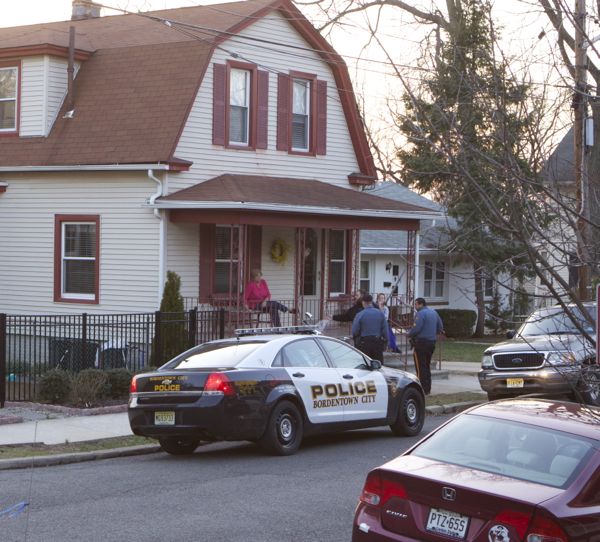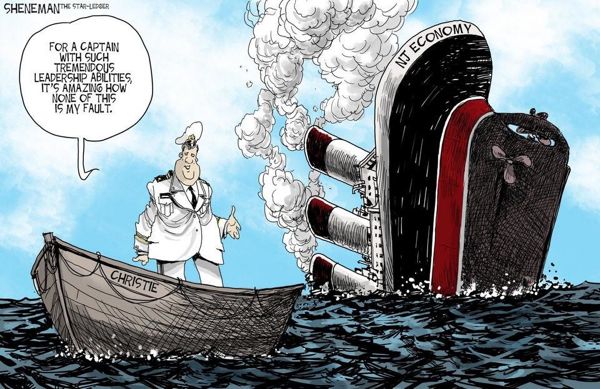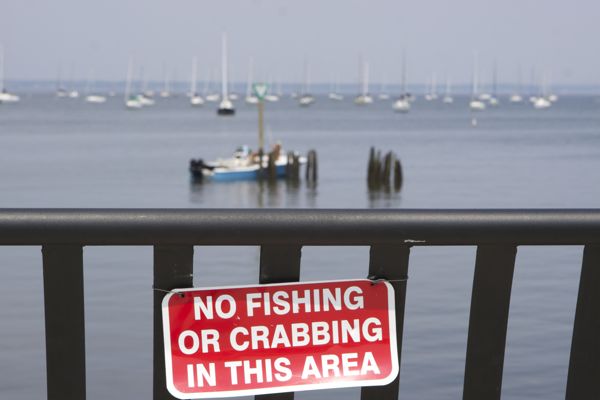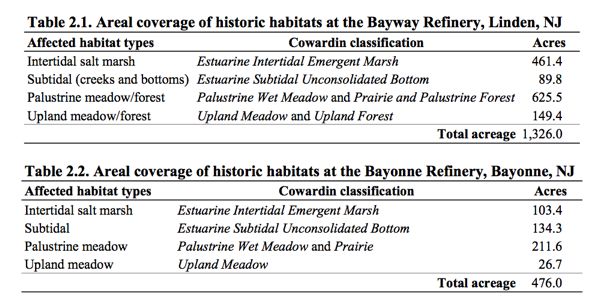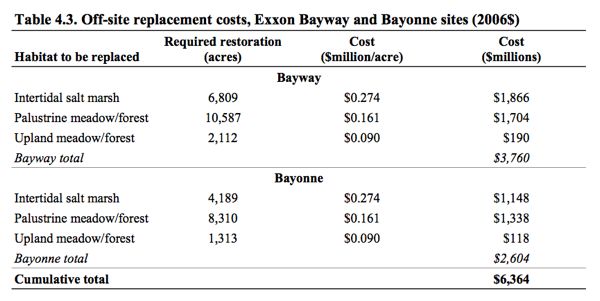All Hell Breaks Loose On Oliver Street, Bordentown NJ
Neighbor Charged By Police for Trying To Stop Motorcycle Noise Nuisance
Biker Noise and Threats on Easter Sunday Go Unaddressed by Police
[* 4/15/15 – Correction: I just learned it wasn’t a Harley, it was a Suzuki – apologies to all the Hogs out there!]
[Update – No charges filed against bike owner or me. Apparently, local noise code enforcement requires State approval. Bordentown Police lack training and equipment and funding to meet state standards and have not sought delegation. And the NJ Supreme Court had invalidated the local ordinance I was threatened with violating. ~~~ end]
Today, around 6:30 pm, all hell broke loose on Oliver Street in Bordentown, NJ.
Because I was as the center of the dispute – and apparently now face police charges for “interfering in a police investigation” – I thought I’d memorialize the episode here.
Over the last few weeks, a neighbor of mine runs his *Harley at half full throttle at all hours of the day, typically for 10 minutes or more. It is incredibly loud and disruptive.
The bike is parked on the sidewalk, up against his concrete front porch, so the loud noise and vibrations are projected right into the homes of neighbors on the block. This happens at all hours of the day, and the noise and vibrations are an incredible nuisance.
I’m not the only neighbor who thinks this is totally unacceptable.
So tonight, after sitting on the porch with the dog and reading during a lovely warm spring sunset, the guy started the Harley up. He lives about 200 feet and across the street from my house (see above photo).
Shortly after the racket began, I yelled to his wife, who was sitting on the porch, that he needed to shut that down.’ SHUT IT DOWN” I yelled at the top of my lungs at least 3 times. I used no profanity, but made my demand very clear. I had to yell to be heard over the racket from the Harley.
My engagement prompted neighbors, who were equally angry about this, to come out onto their front porches and agree with me and complain.
Immediately after I shouted to shut it down, the Harley owner, a large man of at least 6’3″ and 250 pounds, came across the street to my porch and began arguing with me. He used profanity multiple times, and I fired right back. It almost came to blows (his fists, my face).
To put it mildly, it got very heated and damn near violent.
After a 5 minute screaming match that almost got violent, I went inside.
Because he refused to shut the thing down and was so *menacing, I called the Bordentown police to file an incident report, in case there were future retaliation or violence.
The police came and I explained the situation.
One of my neighbors came out and explained the situation to the police, to tell them that I was not the only one who objected to the noise, and that the entire block did too.
So, the police officer then went across the street and began talking to the Harley owner’s wife.
After several minutes of the police officer talking to the Harley owner’s wife, from my front porch, 200 feet away, I yelled: “Start the motor – document the noise – collect data – interview neighbors – conduct a real investigation”
The police officer shouted back and told me to be quiet and go in my house.
I refused to go inside (I was on my own porch) and repeated my demand: “Start the motor – document the noise – collect data – interview neighbors – conduct a real investigation”.
After a few minutes, another police car rolled up. I was later told that he was called because of my demands.
The two officers now continued their interview, at which point the Harley owner drove up (he had left after our heated exchange, probably because he knew I was likely to call the police, given the threats made).
The cops then asked the man to start the Harley, which he did, but at an idling throttle, which is far lower RPM and far lower noise and vibration.
I again yelled that they needed to hear the Harley at the loud RPM he idled it at, with the choke full.
The cops again told me to be quiet, but they then agreed with me and required the owner to idle at a higher RPM.
The police later came back to my porch and told me that they felt that the noise was not unreasonable, a conclusion I immediately objected to and told them that they: 1) failed to measure the actual decibel level; 2) failed to ask all the neighbors about how they perceived the noise; and 3) failed to enforce idling restrictions.
At this point, after the police told me that my Harley neighbor was not facing any violations of idling, noise, or nuisance laws, the police told me that I was being charged with interference with a police investigation.
My alleged crime was failure to obey his order “to go inside” and yelling at the police from 200 feet away from my front porch to demand that they:
“Start the motor – document the noise – collect data – interview neighbors – conduct a real investigation”.
So, a reasonable citizen, who called the police in an effort to document threats by a thug and enforce basic neighborhood standards of decency on Easter Sunday, is now the bad guy and the only one facing police charges,
Heckofajob!
We’ll keep you posted on how this turns out.

